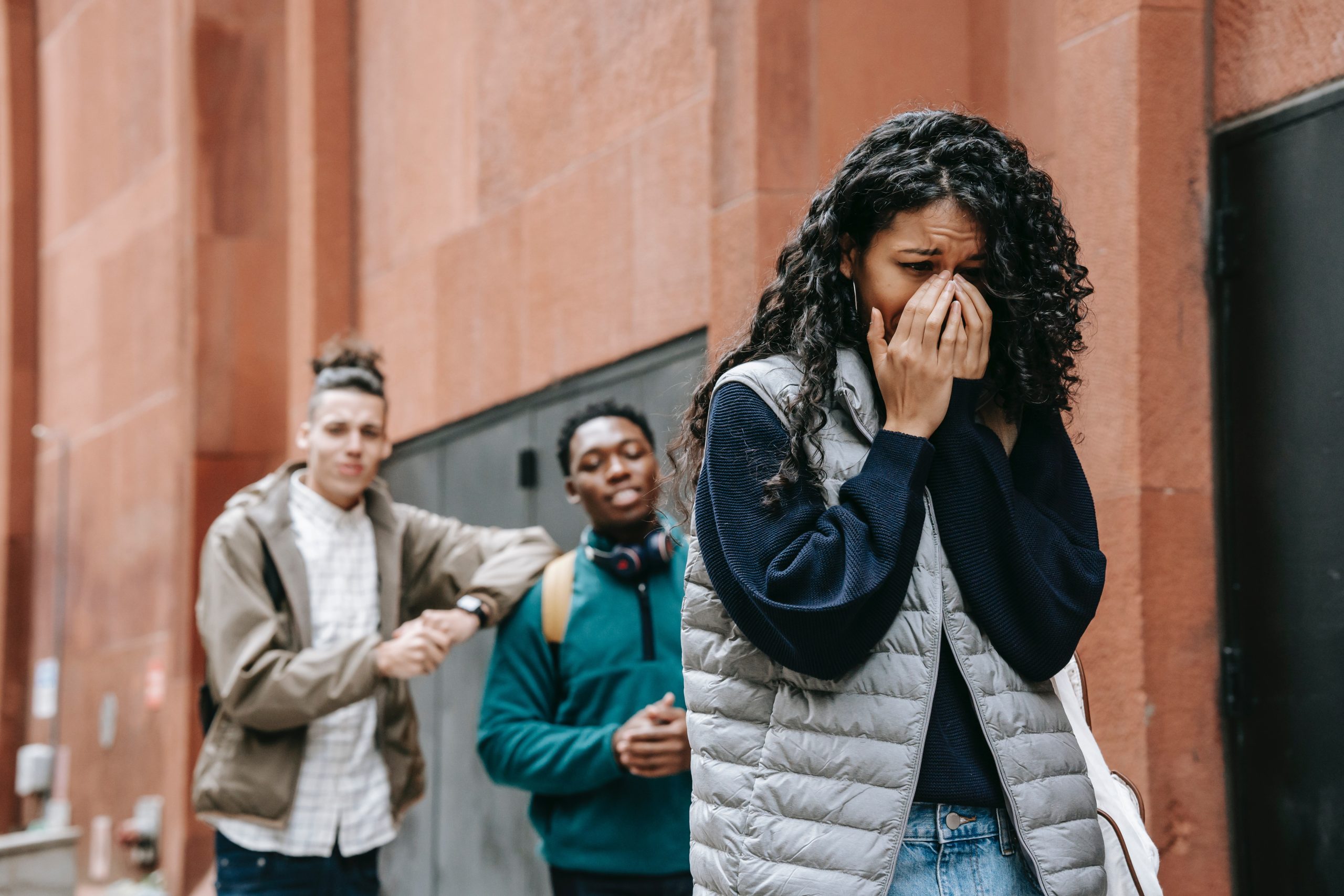I have been accused of being a feminist and that is O.K. I love women, and respect and marvel at how females tolerate the often horrid ways “men” treat them.
1. Police reported data Canada: In 2019 88,,990 women aged 15 and over experienced intimate partner violence.
2. Self-reporting data Canada: More than 6.2 million women aged 15 and over experienced some form of psychological, sexual or physical abuse. Three in ten women have experienced some form of abuse.
These statistics seem low if you compare them to women being abused within intimate relationships in other parts of the world. Known as Africa’s Shadow Pandemic, the United Nations pointed out that while the pandemic(COVID-19) was a primary cause, the very nature of African Manhood is a crucial key to the 50% increase in abuse towards women on the continent. Curfews and COVID restrictions kept couples and families together, creating a stress point that developed into an opportunity for abuse. I say opportunity, because no matter how pissed off you are, how disappointed, insecure, and fearful you may be, abusing another, especially those who depend upon you is horrid and a crime. Mental health issues aside, violence in any form is damaging to both parties, creating a real-life victimhood that stays for life. Stigma, both cultural and personal stains a victim’s future development, but also the abuser’s opportunities to reform and change.
2 in 3 Asian women experience abuse and violence in their lifetime. 33% of partnered women and girls aged 15-49 will experience physical and/or sexual violence from current or former husbands or male partners. Over 20,000 women and girls were murdered by their intimate partners in 2017 alone. Over 38% of Chinese women experience violence from males, and girls experience far higher levels(due to sexual/gender prejudices). Did you know that only 77 nations have legislation explicitly criminalizing marital/partner rape? (United Nations Library).
Some will call abusers cowards, scum, and criminals. I call them socially set droids, people who were often abused as kids, who watched their parents and friends’ interactions where violence seemed appropriate. “She deserved what she got, a hit today makes for a future lady or strict physical discipline makes the man”. Hit someone enough times, yell, and psychologically scar someone for most of their young life and they become the abuser. Most victims of a bully become bullies themselves in time. Lashing out without thought to the feelings and needs of another becomes commonplace.
Much also depends upon how a family or greater culture views women. Religion, culture, political ideology, and social viewpoints can place men on a pedestal, and women somewhere below the social chain, but the application of violence and abuse is solely a learned trait. Son learns from family members or friends, while daughters listen to the lived experiences of their family members. How a man could come to believe that he has the right and opportunity to sexually, physically, or psychologically abuse their family charges is beyond acceptance, but understandable at the same time.
Are most men animals of the hunt, seeking acknowledgment at all times? Emotionally restricted, limited in their personal expressions and feelings? Influenced by their family and community yes, but personally obligated to accept their wrongful actions and destructive thoughts. Incest, rape, and harmful actions towards “the weaker sex” become second nature to someone who sees women and girls as possessions, things to use. During the war in Bosnia and Herzegovina, Serbian Troops entered villages killing all men and boys, while gathering all women to rape and impregnate Serbian Fetuses. They saw these women as nothing more than objects, and instead of murdering them, they changed their lives through the use of continual violence. @28% of these women committed suicide, 33% killed their fetuses before birth, 18% after birth, remainder had these children and either adopted them or brought them up as their children(United Nations Library). The things men do!
The National Authorities can do only so much. Is the state incapable of protecting women and children from predators, particularly those who are supposed to love them- family members? It is difficult for social authorities to impart social and public policy by entering into the private lives of our fellow citizens. The educational system is a tool that cannot be discounted no matter the culture. Young minds must witness truer equality and respect for all, boys and girls alike. The possible conflicting experiences that happen at home and school can then be discussed and dealt with. Having a police-social officer within each school allows children to communicate with the authorities, or allows a perceptive officer-teacher to recognize children-women in distress.
I was taught to never strike a woman by someone who I found out did in fact strike my mother. Booze and high emotions were involved, but violence was never the answer. Some men believe “women deserve a bruising for their missing”, and women can be as destructive and hurtful as any man I know. Just look at social media and you will shake your head often in disbelief. The whole experience of abuse falls upon one premise, that the pursuit of power over another leads to abuse, which leads to fear and further conflict. Humans seem to always seek to better themselves through the materialism and influence they can gather onto themselves. Perhaps what is needed is a full allotment of busybodies to look into their family, neighbors, and community interactions. Perhaps Mullahs, Priests, Preachers, Teachers, Cops, and You too can become your neighbor’s protector. What else can we do? We create laws to protect each other but don’t have the ability or willingness to enforce them. Much abuse happens behind closed private doors, and our privacy is paramount.
What to do? What to do?
Steven Kaszab
Bradford, Ontario
skaszab@yahoo.ca
